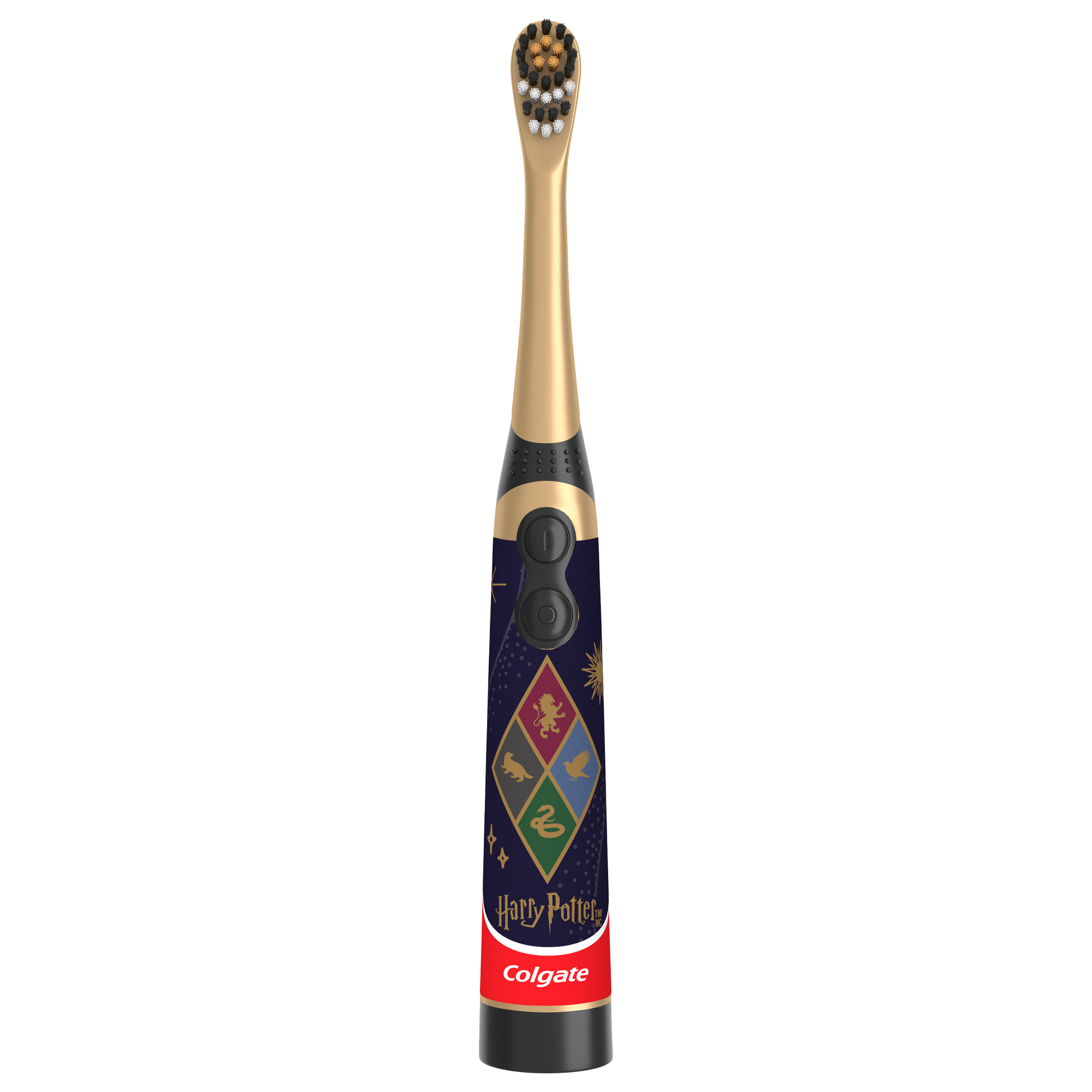What Is Herpangina?
Herpangina is a viral infection that comes on quickly and is very contagious. It’s very similar to a condition called hand, foot and mouth virus (HFMV), and is usually caused by certain strains of coxsackievirus, enterovirus or echovirus. It’s usually passed on through air droplets, bodily fluids, or contact with fecal matter (poop).
While people of any age can get herpangina, it’s most common in children and toddlers. It is commonly spread among groups of children in daycare and school settings, where kids and toddlers are in close contact with each other. Summer and fall are prime times for catching herpangina.
Herpangina is characterized by small, blister-like sores in the mouth and throat. You will usually see the sores on the roof of the mouth, towards the back of the throat, the tongue, and even the tonsils. They start off as small gray or white-ish bumps with a red border, growing into fluid-filled blisters, and then turning into shallow ulcers over the course of several days.
The mouth and throat sores can be very uncomfortable and painful for children, and may make it difficult for them to eat, swallow or speak. Along with the mouth sores, herpangina may also cause headache, fever, loss of appetite and neck pain. Fever tends to come on very quickly and can reach as high as 106F.
Treating Herpangina and Relieving Discomfort
If you suspect your child has herpangina, call your pediatrician to confirm a diagnosis. A physical exam is usually enough to make a diagnosis, so your child won’t need to undergo any tests.
Since herpangina is considered a mild viral illness, there is no treatment; your pediatrician will usually recommend letting it run its course. However, newborns and children with compromised immune systems may need extra supportive care.
It typically takes around a week to recover from herpangina. In the meantime, you can focus on treating some of the symptoms to make your child more comfortable. Some suggestions to relieve symptoms are:
Reducing pain and fever with medications recommended by your pediatrician.
Maintaining fluid intake to avoid dehydration.
Giving your child cold fluids or foods, like sugar-free ice pops, to help ease mouth and throat pain.
Feeding a non-irritating, bland diet.
Giving your child cool water to gargle with.
Trying to maintain oral hygiene while your child has herpangina may be a challenge, but encourage or assist with toothbrushing and other oral hygiene routines. Swish with a mouthwash or a therapeutic mouth rinse to help relieve inflammation and promote healing (be sure to check with your dentist first to make sure any rinse is age-appropriate and safe for your child).
Like many other viruses, herpangina is contagious and can be spread easily to classmates or siblings. It is important to take precautions like good hand hygiene and disinfecting surfaces your child has touched. Perhaps most important is isolating your ill child and keeping them home from school or daycare until they have completely recovered from herpangina. Your child should be isolated from newborns, immunocompromised people and pregnant women in particular, as herpangina can be dangerous for these vulnerable people.
Frequently Asked Questions About Herpangina
What are the symptoms of herpangina in toddlers?
The main symptom of herpangina in toddlers is blister-like sores in the mouth, especially on the roof of the mouth and in the back of the throat. Other symptoms include fever, sore throat, loss of appetite and neck pain.
How is herpangina transmitted?
Herpangina is spread through close contact, via droplets, bodily fluids, or contact with fecal matter (poop).
How is herpangina diagnosed in toddlers?
Your pediatrician will diagnose herpangina in your toddler with a simple physical examination.
What is the treatment for herpangina in toddlers?
There is no treatment for herpangina; it will run its course and resolve in around seven days. In the meantime, you can help to relieve your child or toddler’s symptoms with pediatrician-recommended medications, cold foods and fluids, and therapeutic rinses (if approved by your dentist).
Oral Care Center articles are reviewed by an oral health medical professional. This information is for educational purposes only. This content is not intended to be a substitute for professional medical advice, diagnosis or treatment. Always seek the advice of your dentist, physician or other qualified healthcare provider.
ORAL HEALTH QUIZ
What's behind your smile?
Take our Oral Health assessment to get the most from your oral care routine
ORAL HEALTH QUIZ
What's behind your smile?
Take our Oral Health assessment to get the most from your oral care routine















